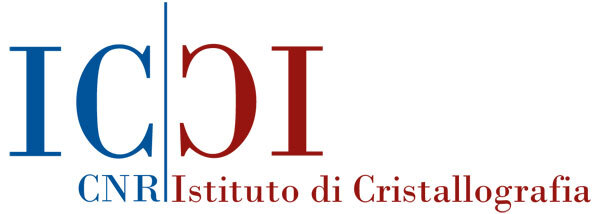Red-Light-Photosensitized Tyrosine 10 Nitration of β-Amyloid1-42 Diverts the Protein from Forming Toxic Aggregates
Several studies have highlighted the presence of nitration damage following neuroinflammation in Alzheimer’s disease (AD). Accordingly, post-transcriptional modifications of β-amyloid (Aβ), including peptide nitration, have been explored as a marker of the disease. However, the implications of Aβ nitration in terms of aggregation propensity and neurotoxicity are still debated. Here, we show new data obtained using a photoactivatable peroxynitrite generator (BPT-NO) to overcome the limitations associated with chemical nitration methods. We found that the photoactivation of BPT-NO with the highly biocompatible red light selectively induces the nitration of tyrosine 10 of freshly solubilized full-length Aβ1-42. Photonitrated Aβ1-42 was, therefore, investigated for aggregation states and functions. It resulted that photonitrated Aβ1-42 did not aggregate into small oligomers but rather self-assembled into large amorphous aggregates. When tested on neuronal-like SH-SY5Y cells and microglial C57BL/6 BV2 cells, photonitrated Aβ1-42 showed to be free of neurotoxicity and able to induce phagocytic microglia cells. We propose that light-controlled nitration of the multiple forms in which Aβ occurs (i.e., monomers, oligomers, fibrils) could be a tool to assess in real-time the impact of tyrosine nitration on the amyloidogenic and toxic properties of Aβ1-42
| Anno |
|---|
| 2024 |
| Rivista |
| ACS CHEMICAL NEUROSCIENCE |


